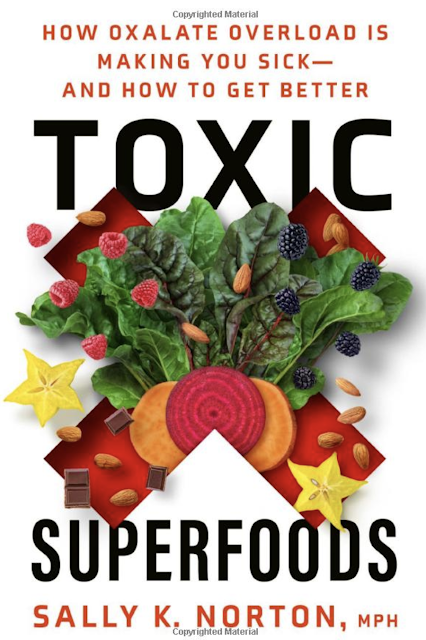How High Oxalate Foods Wreck Your Health - Sally Norton

If you’re eating a healthy diet and you’re still dealing with fatigue, inflammation, anxiety, recurrent injuries, or chronic pain, the problem could be your spinach, almonds, sweet potatoes, and other trusted plant foods. And your key to vibrant health may be quitting these so-called superfoods!? In this interview, Sally Norton, author of “ Toxic Superfoods: How Oxalate Overload Is Making You Sick — and How to Get Better ,” reviews how and why even foods we’ve been told are healthy can wreak havoc on your health. As the title of the book implies, the main culprit in question is oxalate or oxalic acid, found in many plants, beans, grains, seeds and nuts, fruits, berries and herbs. ( R ) So, just what are oxalates, why are they so bad, and how are they hidden in these superfoods that so many people are consuming? In short, it’s a naturally-occurring toxic, corrosive acid. In that state, it’s called oxalic acid. When the oxalic acid has minerals attached to it, it’s called oxalate. Chemi...

